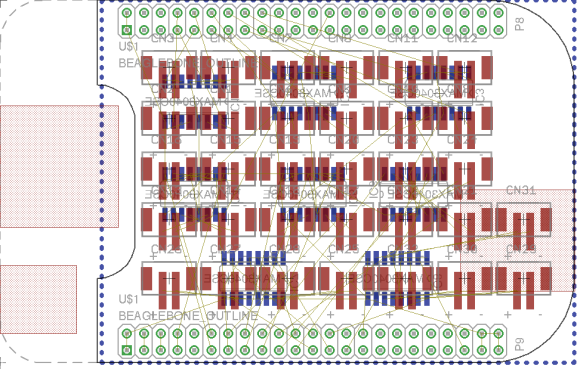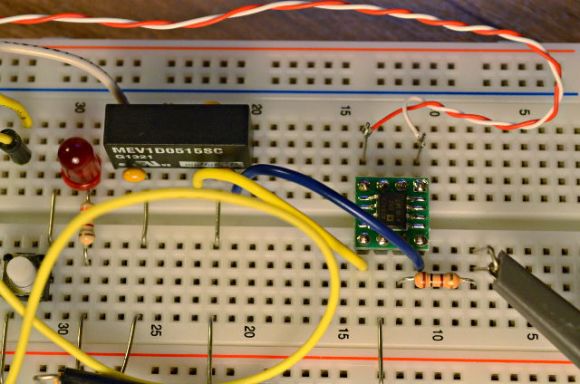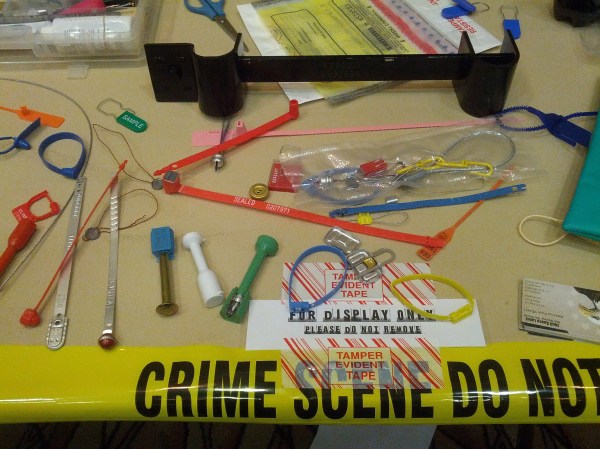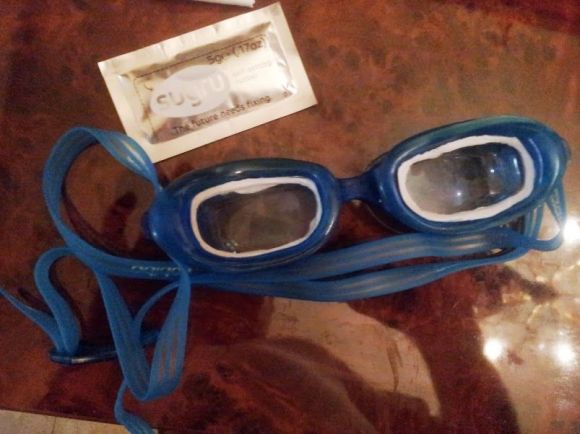![]()
[Craig Turner] shows that simplicity can be surprisingly interesting. He connected up different colors of blinking LEDs in a grid. There’s no controller, but the startup voltage differences between colors make for some neat patterns with zero effort.
Remember the 3D printed gun? How about a 3D printed rifle! [Thanks Anonymous via Reason]
While we’re on the topic of 3D printing, here’s a design to straighten out your filament.
It takes four really big propellers to get an ostrich off the ground. This quadcopter’s a bit too feathery for us, but we still couldn’t stop laughing.
This Kinect sign language translator looks pretty amazing. It puts the Kinect on a motorized gimbal so that it can better follow the signer. We just had a bit of trouble with translation since the sound and text are both in Hebrew. This probably should have been a standalone feature otherwise.
Work smarter, not harder with this internal combustion wheelbarrow. [via Adafruit]
















